Your made-up name has a shape
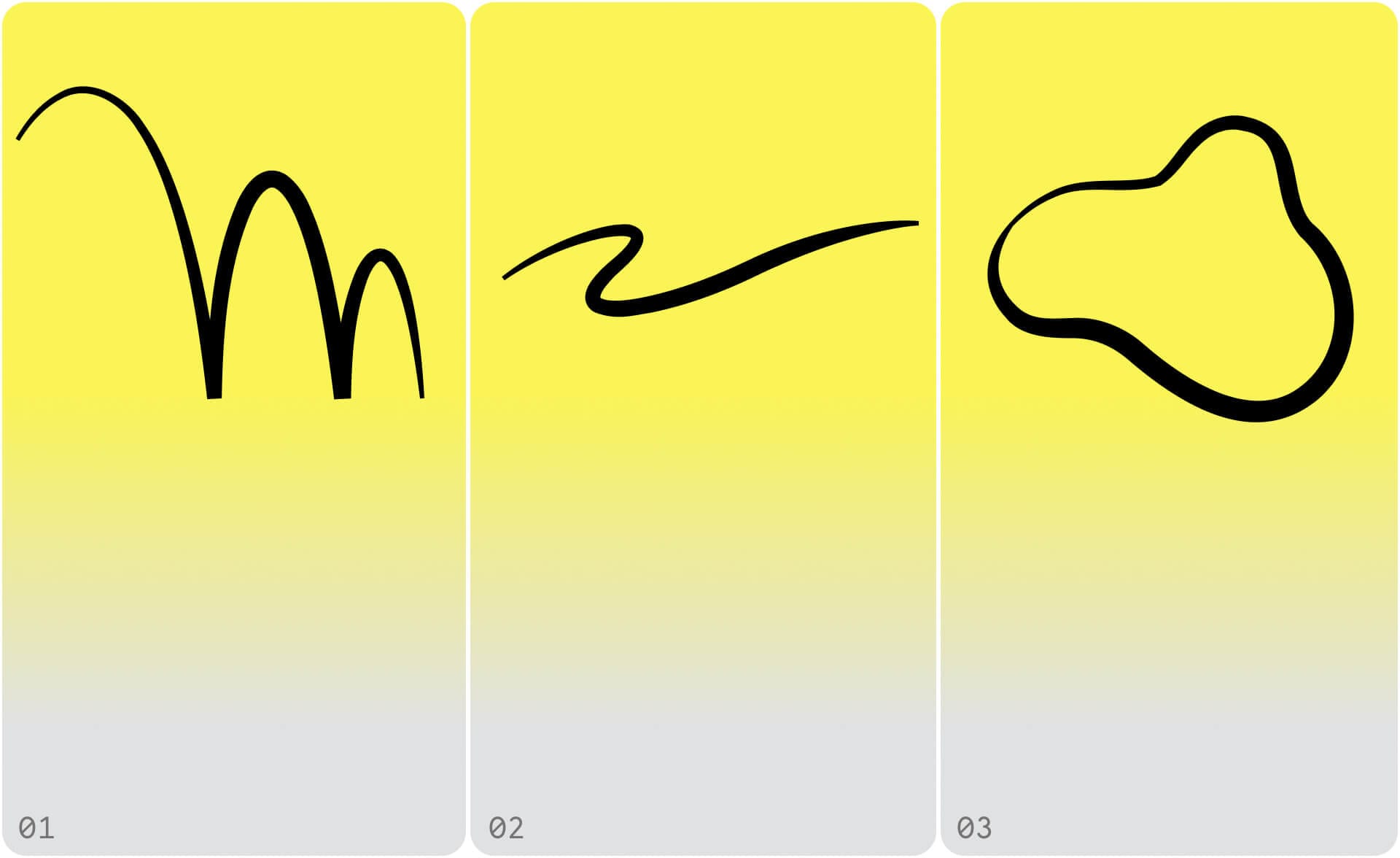
Many companies have descriptive (or symbolic) names: Sushi Swap, Rainbow Wallet, Polkadot, Gelato, Polygon, etc. These names evoke images and feelings in your mind right away. We'll unpack how it affects your reputation some other day.
Today we look at made-up (or non-dictionary) names that don't carry meaning at first glance. Names like Jolocom, Solana, Olas, Tezos, Aave, etc.
But first, an exercise:
"ojo-ojo-ojo"
"sh-wo-o-oms"
"uvelo"
Ready?
Want to compare results? Find my scribbles on the cover image above.
Almost every sound or letter combination has a shape that — for whatever mysterious reason — is carved in our minds. These shapes vary slightly from culture to culture and person to person, but the overall pattern shows strong trends:
There are sounds that are "round" or "wavy".
There are sounds that are "sharp" or "edgy".
There are sounds that are "vertical" or "horizontal", "grounded" or "fuzzy".
And so on.
It means that, whether you want it or not, your invented so-unique company name is pre-bundled with a shape and a feel, before you design your logo.
Here are three pillars of an effective relationship between the visual vibe (or simply graphics) and the "feel" (or simply the shape) of the company name:
01.
Prioritize your brand personality, although you came up with the name first.
If your brand personality and the feel of the name collide, favor your brand personality. Check if the current name is right for you.
Look:
How "flexible and welcoming" can a company named Tarax be?
How "robust and mature" can a company named Doovi be?
If you notice an imbalance, you have two ways to fix it:
- change your company name, which, although emotionally painful now (because you love your name!), becomes expensive after the first two to three years on the market, or
- change your brand personality, which is inauthentic unless you do a complete brand overhaul and refocus on a different audience.
02.
Align vibes to amplify the message.
Your name and your brand personality should be aligned and amplify each other:
- If you have "soft" among your brand attributes, your name should "feel" at least a bit soft.
- If you have "powerful" among your brand attributes, your name should radiate at least a bit of power.
But…
03.
Don't overkill when amplifying.
It takes just a few design decisions to turn a desired "cool and edgy" vibe into "uncomfortable and aggressive". As a company owner, you may not notice it during the branding process. Your audience will let you know that you crossed the limit by:
- leaving your website too soon
- not clicking on your offer in the newsletter
- turning away to the alternative
The only way to learn that growth decay was caused by over-amplification of the vibe is to run a brand perception survey.
It's also very easy to cross this limit with positive names:
You may become "too soft" instead of the desired "welcoming".
You may become "too unserious" instead of the desired "optimistic".
In this case, use visual language to balance and control the overall brand vibe. Graphics and the invisible "shape" of your name shouldn't argue, but complement each other.
Move-fast-and-break-things founders may criticize: “Too much attention to the name!” And they’ll be almost right. What I shared with you today is a detail.
But attention to detail is the first step toward excellence. In our case: toward your do-it-yourself brand excellence.
Yours,
Ira
No spam, no sharing to third party. Only you and me.

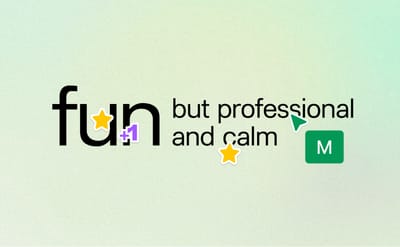

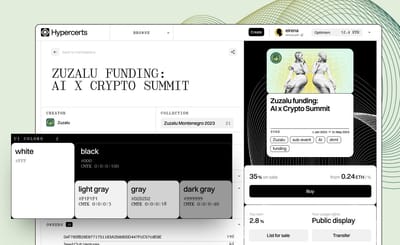

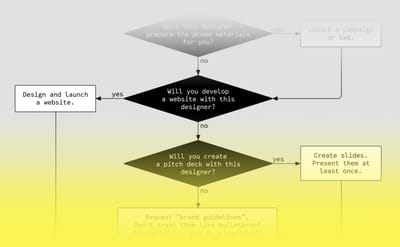
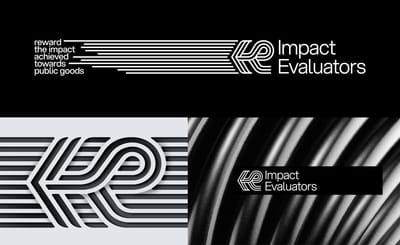
Member discussion